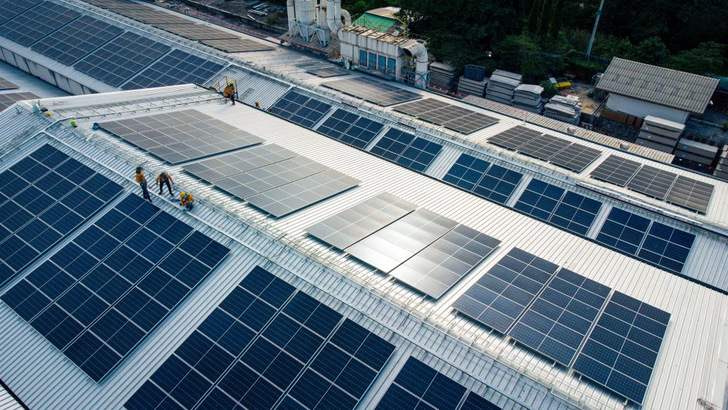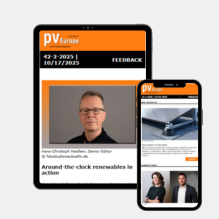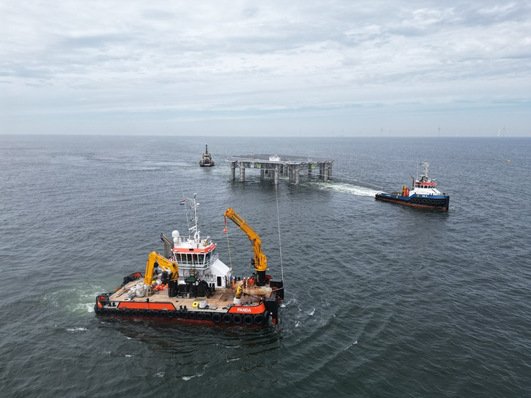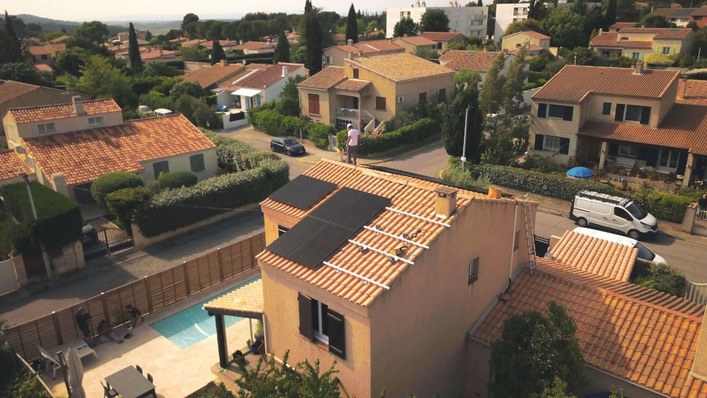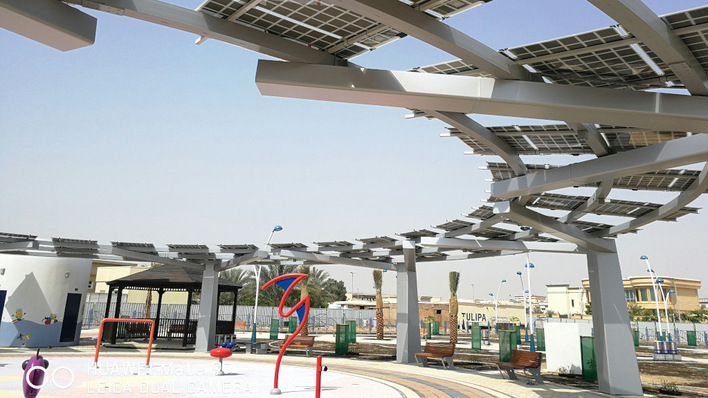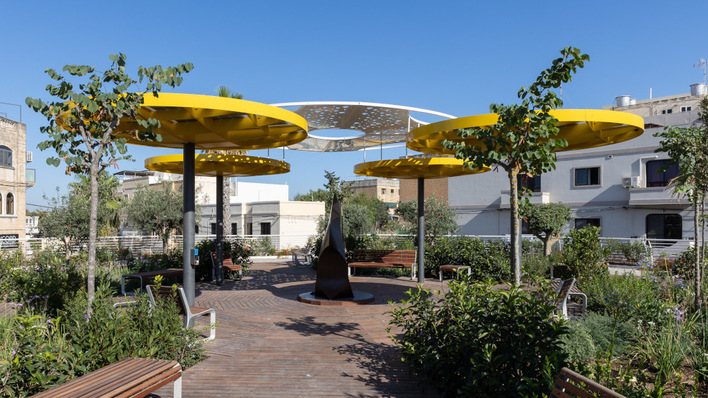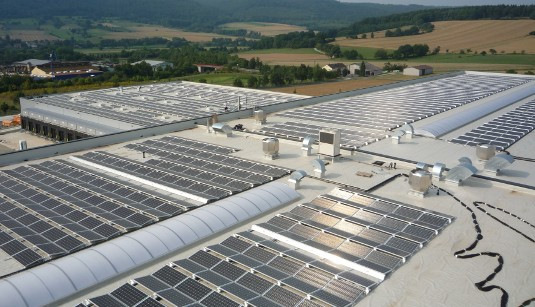Commercial and industrial (C&I) rooftop PV systems are on the rise across Europe and are a key driver of the rapidly growing European solar market, which added around 65 GW last year. Germany leads the way with 3.6GW to be added by 2024, followed by Italy (2.0GW), France (1.9GW), the Netherlands (1.7GW) and Spain (1.6GW). By the end of 2024, a total of 104 GW of C&I rooftop systems will have been installed in the EU. Bloomberg New Energy Finance expects this market segment to double to a total of 207 GW by 2030 (a CAGR of 12%).
New EU Solar Rooftop Standard unlocks huge potential
However, as Tadas Spundzevicius, Technical Sales Manager at PVcase, explained in a recent webinar, the design and engineering of large-scale commercial and industrial rooftop PV installations present a number of challenges. For instance, large roofs often feature complex structures with varying angles or irregular shapes. “Common issues with complex roof structures include shading elements such as turbine fans or chimneys, and multiple roof orientations,” says Tadas Spundzevicius.
Various advantages
In addition, large commercial and industrial rooftops often involve multiple PV areas, adding complexity to system design and cable management. Key requirements for PV system planning at this scale include optimal layout and string design, limited detail in early-stage design, accurate yield assessment for ROI calculations, precise cable length estimates, 3D visualisation limitations and scalability challenges for larger projects.
Italy – turning industrial roofs into solar assets
Design errors often lead to follow-on problems and can negatively affect business outcomes. Key project issues include time-consuming design and re-design, material shortages or surpluses, inaccurate string layouts, failure to meet expected energy yields, increased construction costs and delays to project milestones. Potential business impacts include lost revenue, reduced profit margins, costly rework and modifications, extended project lifecycles and reputational damage.
According to Spundzevicius, the benefits of using detailed design software include accurate 3D modelling in AutoCAD, early-stage shading and irradiance analysis, energy simulations for different scenarios, advanced stringing algorithms, detailed inverter configuration, and precise cable length and sizing.
8,700 simulations generated for each shading assessment
To ensure the highest possible accuracy in the early design stages, the software uses PVcase AutoCAD Roof Mount as the primary drawing platform and generates a 3D design of each element. The bill of quantities (BOQ) is derived directly from the 3D model.
To ensure the most accurate shading impact assessment, Roof Mount uses a special ray tracing algorithm and a 365-day analysis with one-hour increments. Approximately 8,700 simulations are generated for each shading assessment.
Overcoming design challenges with PVcase Roof Mount
In addition, Roof Mount integrates the energy estimation into AutoCAD via a special yield algorithm, which can then be exported to PVsyst for even more accurate energy simulation.
Cable design only takes a few minutes
According to Spundzevicius, Roof Mount also offers advantages for the electrical design of C&I PV roof systems. For example, automated stringing is 85% faster than manual stringing, cable design takes only a few minutes, a detailed inverter configuration can be set up at the MPPT level, and automated SLD and cable sizing can be performed.
For auto-stringing, the design software uses an advanced algorithm where the string setup is based on user preferences with a high degree of customisation for each string. Roof Mount is also useful for a quick evaluation of the voltage drop during the electrical layout of the solar roof. The exact cable length is used based on the drawing.
Stay informed – subscribe to our free newsletter
The Bill of Materials (BOM) is also easier and more accurate, for example by taking into account the inverter position when calculating the cable length, the roof slope and the position of each string.
Reduce design time up to 80 %
“C&I rooftop design with Roof Mount allows for comprehensive design automation, increased project accuracy and reliability, and improved profitability,” says Spundzevicius, summarising the benefits. The design software can reduce design time by up to 80 per cent, significantly lower the risk of redesign, accurately determine material quantities, and streamline both preliminary and detailed design cycles within a single platform. (hcn)


